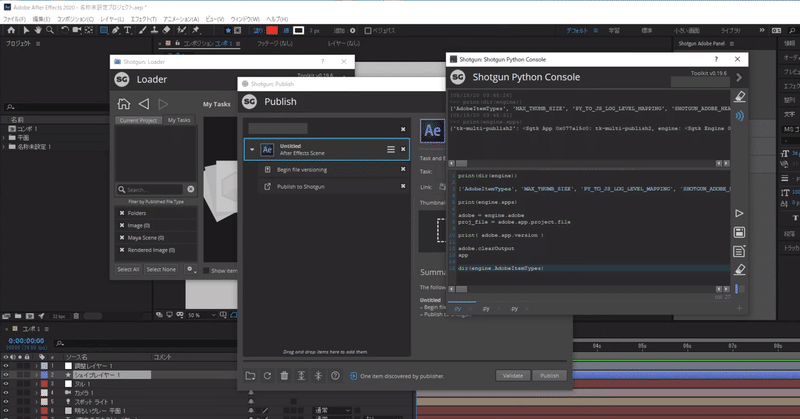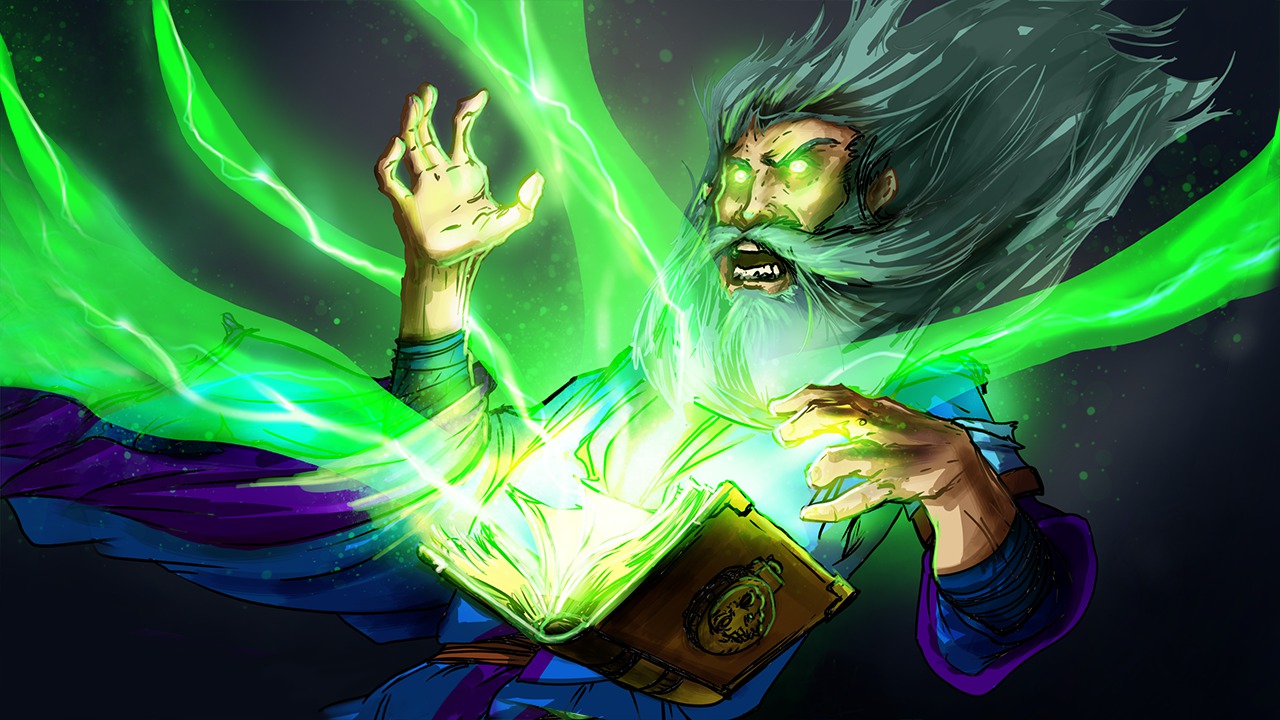After Effects will generate a python file for you. Open up Blender and browse to the generated python file from a text window. Once the python file is loaded into a Blender text window, press ALT-P to execute the script. If all goes well you will have a new camera that matches the location and rotation of your camera in After Effects.
After Effects Programming
- I use After Effects CS3 a lot, and have a full copy of Maya, with which I’m slightly more adept, however, I recently bought a DVD from Videocopilot.net entitled The Bullet, which is a large tutorial about incorporating 3D into After Effects. It’s now at the point where I need to export my finished animation and the camera data.
- Here’s the typical process to get motion graphics from Adobe After Effects to a format accepted by web pages: A motion/graphic designer creates the animations in Adobe After Effects. They export the animation data as JSON files. This is achieved thanks to Bodymovin, an open-source After Effects extension created by Hernan Torrisi.

Scripts come in two different formats. There is the .jsx and .jsxbin. Both of these formats are installed and run the same way. The difference is that .jsx files are able to be opened and edited, while .jsxbin files have beed converted to a proprietary binary format in order to prevent users from edting or copying the code of the script.
There are also several categories of scripts, however installing each of them is very similar. These categories are:

- Basic Scripts
'Basic Scripts' or just 'scripts' can be ran using two different methods. First, if it is a script that you will not be using very often, you can simply go to:

Aerender
This will bring up a file dialog where you can then choose which script file to run. Upon opening, the script will execute.
The only downside to running scripts this way is that if you are constantly navigating your file system to find the script you need, you'll be constantly wasting time. Although After Effects does have the 'Recently Used Scripts' section, there is a slightly better method for running your commonly used scripts. In order to work a little more efficiently, you can simply save the script into the 'Scripts' folder and have it show up directly in the list.
This folder is located at:
Ae Tutorial Video
Within the 'Scripts' folder you will see a list of default scripts as well as a few folders. For basic scripts, simply copy it into the scripts folder. Then when you restart After Effects, it will show up right in the list under:
Installing Script UI Panels
After Effects Python Free
Script UI Panels are probably the most common type of scripts you will use if you're downloading tools from the internet. They are scripts with a user interface which makes them easy to modify and customize. They can also be docked like regular panels in After Effects so you can add them neatly to your workspace.

To take advantage of the dockable panel, you must install them in the correct location. Otherwise, you can run them like a normal script, but the panel you are given cannot be docked.
To get a dockable panel, all you have to do is put the script file into the 'ScriptUI Panels' folder withing the 'Scripts' folder:
After Effects Python Download
This folder is located at:
If for some reason you do not have the 'ScriptUI Panels' folder, you can manually create it, keeping in mind that the folder name is case sensitive and must be named exactly as you see it here.
After Effects Python
Running Script UI Panels is also slightly different. Rather then going to the scripts menu, you will go to the 'Window' menu. At the very bottom of this menu, you will see a list of all of your script ui panels. Once again, if you want the Script UI Panel to be dockable, it must be opened from the 'Window' menu. If you open it from the 'Scripts' menu, it will run perfectly and still show the interface, however it will not be dockable.
After Effects Scripting Guide

Startup and Shutdown Scripts
Also within the scripts folder, there are two additional folders: Startup and Shutdown. Any scripts placed in these folders will be automatically run by After Effects. As you can probably guess, startup scripts will be run when After Effects is started, and shutdown scripts will be run just before After Effects exits. Scripts in these folders are usually utility scripts. For instance, they could create a project folder structure each time you start After Effects. They should not be Script UI panels.
